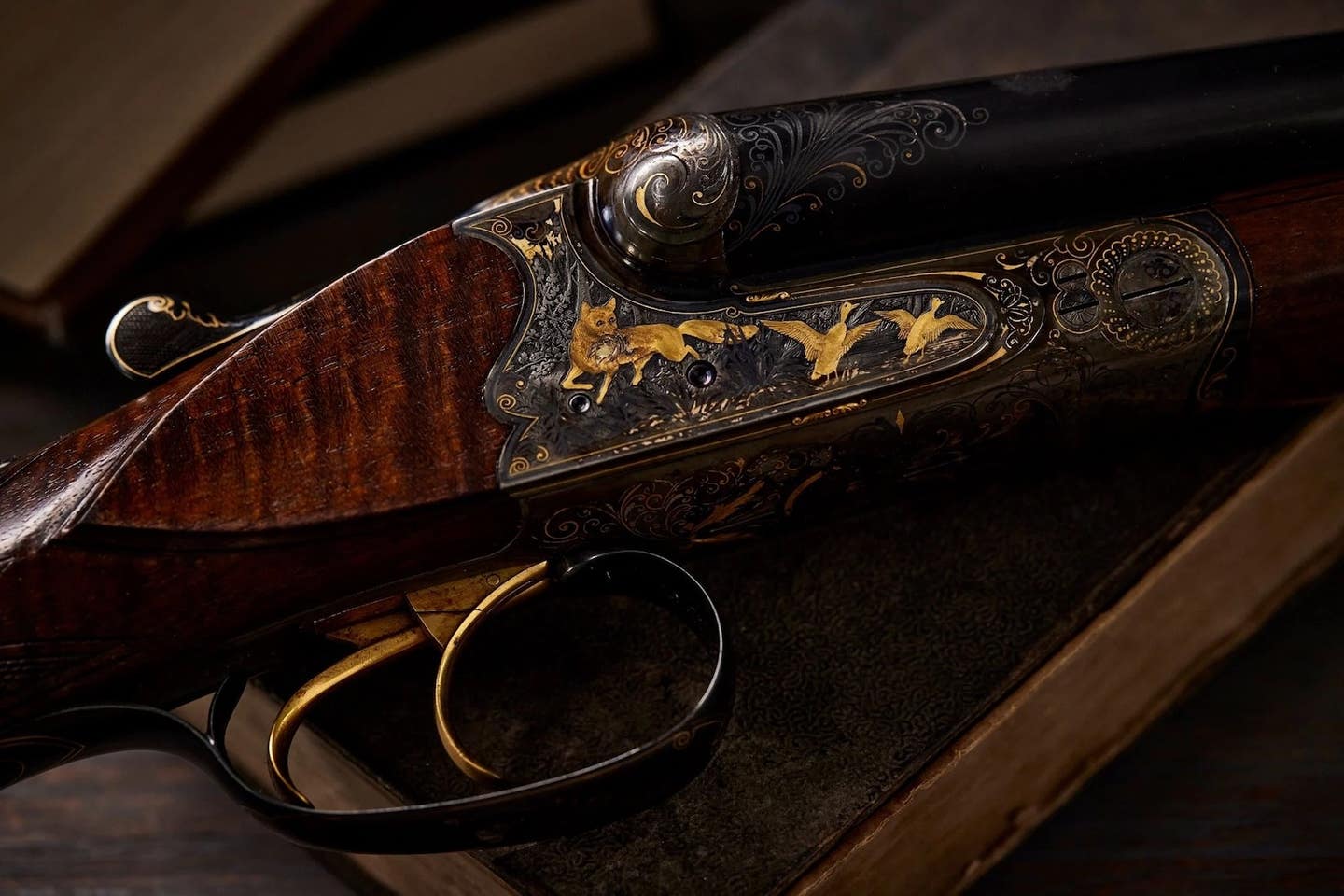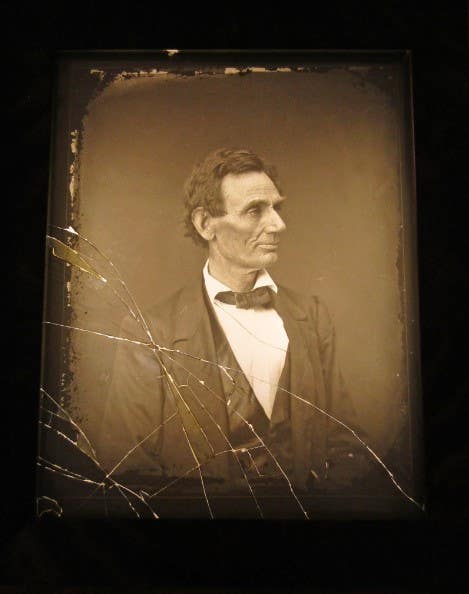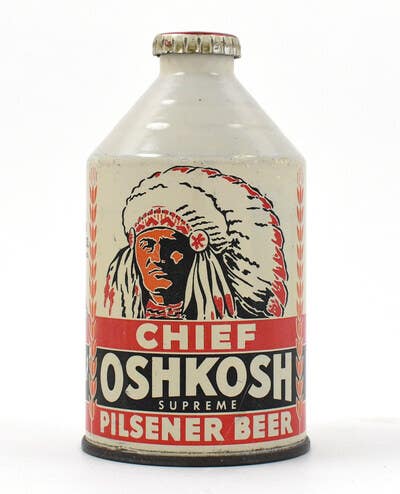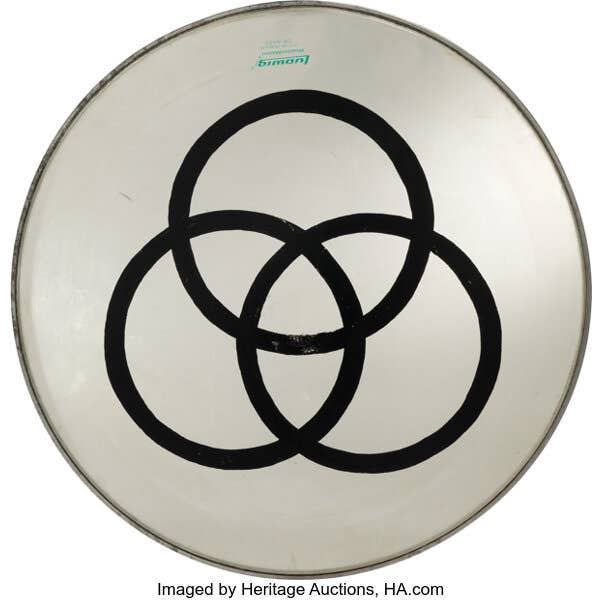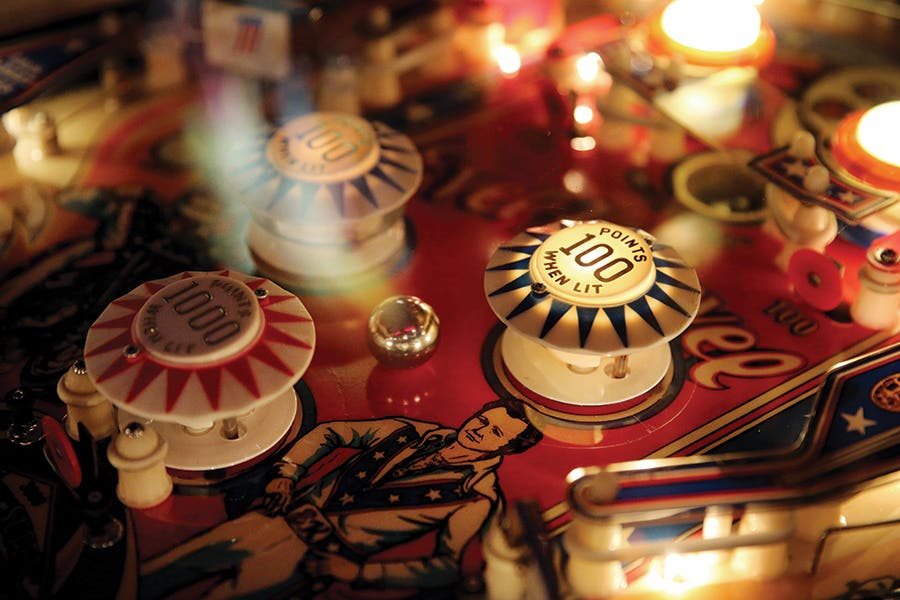The Rise and Revival of Peachblow Glass in American Art
Originating in the 1880s, peachblow glass captured the attention of collectors with its unique color transitions and satin finishes. As interest in art glass revived in the mid-20th century, companies like Fenton reintroduced this style, making it a coveted treasure for modern collectors.
Peachblow (while Peach Blow is often used, it is a company-specific name) is a distinctive type of art glass that originated in the late 19th century. It is identified by its delicate gradient of colors, typically transitioning from a soft pink or peach hue to creamy white. The creation of this glass style was inspired by early Asian ceramics featuring similar color patterns, mainly the famous Chinese peach bloom porcelain. In the United States, the style first became popular in the 1880s during the height of the American Art Glass movement, which sought to elevate glassmaking to an artistic level.
The first type of "peachblow" was called "Wheeling peachblow," made by the Hobbs, Brockunier Company of Wheeling, West Virginia. It was initially called "Coral," and featured gradient colors from deep red at the top to golden yellow at the bottom. It is the only original peachblow glass to be lined. Wheeling peachblow always features a creamy white lining. Hobbs, Brockunier did not refer to their Coral line as peachblow, but that is how it was referred to in the trade. The public embraced this beautiful style of glass.
Both New England Glass Company and Mt. Washington Glass Company began producing their own lines of the popular glass. New England called their line "Wild Rose," although the product's factory name was "Peach Blow." Its color gradient shades from rose pink to white at the bottom. Mt. Washington's peachblow was originally called "Peach Skin" or "Peach Blow" and featured shades of rose pink at the top that morphed into a blue-gray at the bottom. It was not as well received as the Hobbs line and was only produced from 1886-1888, making it the most challenging form of peachblow to find today.
Following the success of the peachblow style, other American glassmakers, like Thomas Webb & Sons and Gunderson-Pairpoint, began producing their versions. These companies used various methods to create striking color variations, including multiple layers of glass and careful control of heat during the glassblowing process. The glass was often further embellished with silver, gold, or enamel decorations. By the end of the 19th century, other companies also contributed to the popularity of peachblow glass, cementing its place in American art glass history.
In the early 20th century, the production of peachblow glass waned as tastes shifted and economic factors influenced the glass industry. However, the mid-20th century saw a revival of interest in this unique style, with companies like Fenton Art Glass producing their own interpretations and calling them "Peach Blow" glass. Fenton’s version was more affordable for the average consumer while capturing the soft, gradient colors that made the original peachblow desirable. Other companies like Northwood and Imperial Glass also created pieces inspired by the earlier peachblow designs.
Collecting peachblow glass has become a dedicated niche in antique glass collecting. The value of these pieces depends heavily on the glass's age, condition, and provenance. Early examples from the New England Glass Company or Mt. Washington Glass Company are particularly prized, with some pieces commanding high prices at auctions. Identifying authentic 19th-century peachblow can be challenging, as many well-known companies produced their own style of peachblow throughout the 20th century. In addition, companies like Mt. Washington Glass made similar styles that were often misidentified as peachblow, like their "Burmese" line below. Still, collectors usually look for specific characteristics like subtle color transitions, smooth satin finishes, and hand-painted or applied decorations.
For collectors today, peachblow glass remains a symbol of American glass artistry. Whether seeking original 19th-century or mid-20th-century pieces, peachblow enthusiasts appreciate the craftsmanship and beauty that define this style. The variety of pieces available allows for a broad range of collecting possibilities. As more collectors become interested in art glass, the allure of the beautiful peachblow glass continues to grow.
You may also like:



